Mayall vs. USA Water Polo; A Landmark Case for Concussions Promises Profound Changes for Polo
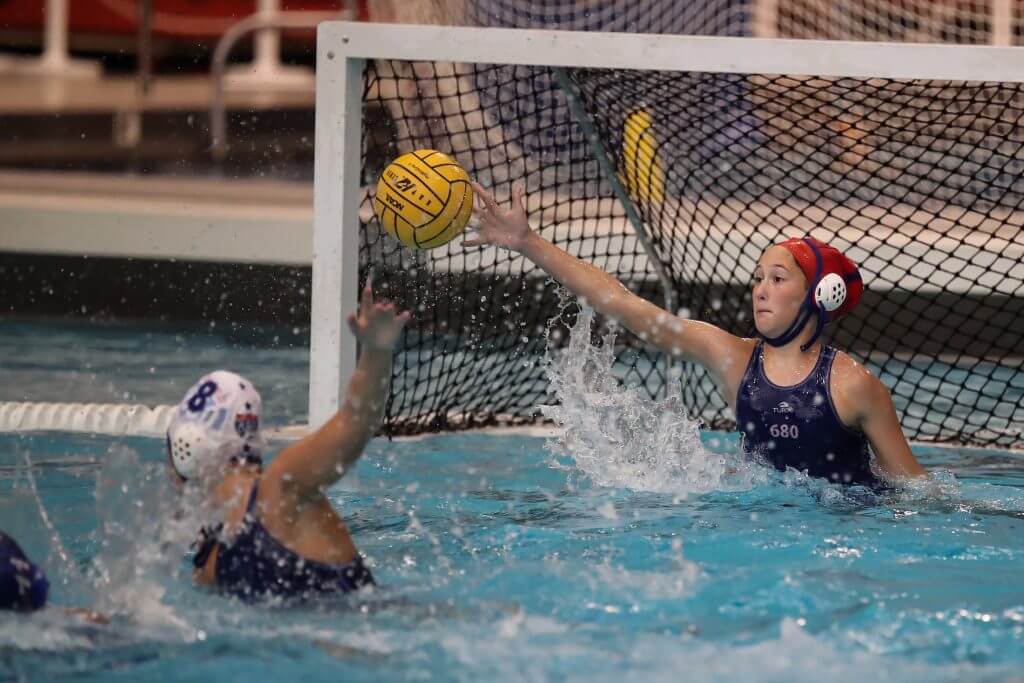
As a new year commences, a lawsuit concerning age group concussions is likely to cast a long shadow over USA Water Polo’s Huntington Beach headquarters. The case, Mayall vs. USA Water Polo, which seemed discarded from the courts after a decision in 2016, has resurfaced on appeal. Last November, the United States Court of Appeals for the Ninth Circuit reinstated the suit, being argued by Hagens Berman Sobol Shapiro LLP, a consumer protection firm best known for a 2015 settlement regarding youth concussions with a variety of organizations involved with American youth soccer.
Much like that lawsuit against U.S. Soccer, which resulted in a ban on heading for children ages 10 and under, the potential benefits of this legal action are reforms that will serve USA Water Polo’s age group membership well. As the national governing body for the sport, USAWP is in a tough spot—not only because it was their tournament in 2014 where a 16U athlete was allegedly injured in a manner that the plaintiff claims is negligent—but because whatever agreements are finalized will have significant impact on the way the sport is played at the youth level in America. Unlike youth soccer in America, which includes a far larger population as well as multiple entities that oversee the sport—including U.S. Soccer and the American Youth Soccer Organization—USA Water Polo is the predominant entity for American water polo.
What’s at stake
In 2015, Hagens Berman, a Seattle-based firm, filed suit in California on behalf of Alice Mayall, whose teenage daughter “H.C.” was allegedly injured during a USA Water Polo-managed water polo tournament. According to the lawsuit, on February 15, 2014, while playing for the Livermore Area Recreation & Park District Lazars water polo club, H.C. sustained multiple head injuries while playing goalie during the annual three-day WinterFest tournament at Los Alamitos Joint Forces Training Base in California.
The crux of the suit is that H.C. “was hit hard in the face by a shot which led to a concussion.” She then swam over and spoke with her coach—unnamed in the suit, but Matt Croghan is listed as the Lazars head coach at the time—who allowed her to return to the cage.
Over that day and the next two days of the tournament, H.C. played in additional matches and allegedly endured more blows to the head, which, Hagens Berman claims, exacerbated her initial injury. It is these additional head shots, reportedly witnessed by referees and by H.C.’s coach, that Hagens Berman claims resulted in long-term, debilitating health effects from post-concussion syndrome.
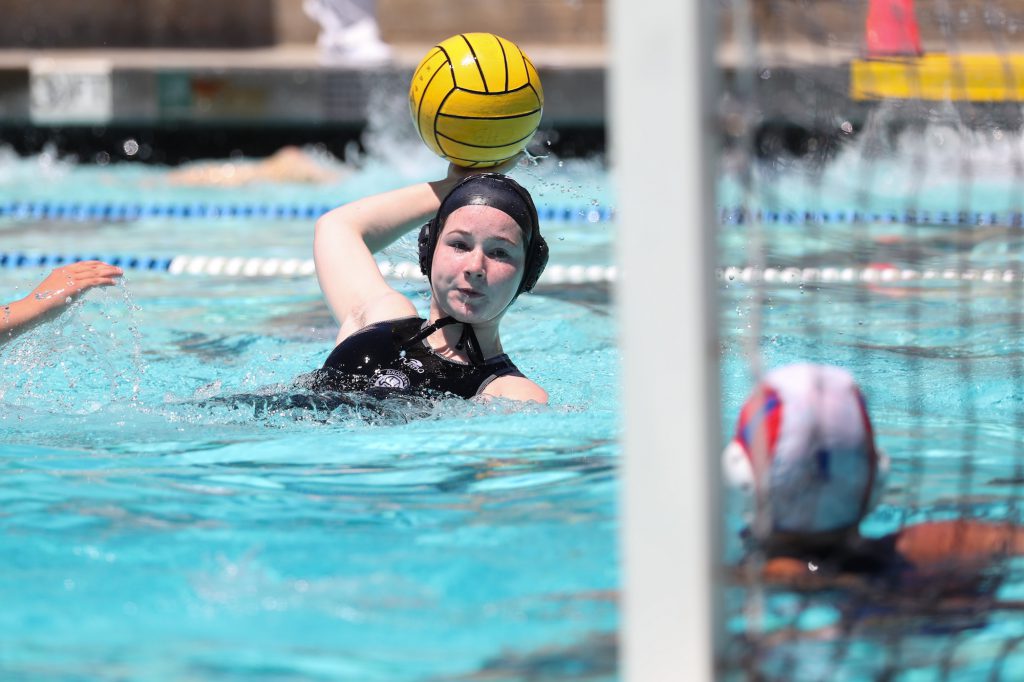
The firm further maintains that, by allowing H.C. to resume playing following the initial blow, USA Water Polo is culpable in that it did not follow its own standards for preventing concussion injuries. That—and the facts that H.C. was never evaluated by a medical professional during the tournament and that her coach was allegedly “lacking any concussion management training, qualifications, and education from USA Water Polo”—rises to gross negligence.
“[W]hile a water polo coach or sponsoring organization may be unable to protect a player from an initial blow to the head, the player can be protected from a secondary injury from a repeated blow, where ‘the greatest danger exists’ and was “reasonably to be expected….Such secondary injury increases the risks to a participant over and above those inherent in the sport,” the filing states.
Numerous attempts were made to reach Coach Crogan as well as the Livermore Area Recreation & Park District office. Patrick Lucky, since 2013 the Aquatics Coordinator for the LARPD, replied, “No comment” in response to a telephone call.
For its part, USA Water Polo has vigorously resisted this legal action, and a statement from Chris Ramsey, Chief Executive Officer for USAWP, defended his organization’s conduct in this case while emphasizing its concern for members’ safety.
USA Water Polo is committed to athlete safety. Consistent with that commitment, at the time of the incident giving rise to the Mayall case, USAWP had in place a rule that prohibited an athlete from returning to competition following a serious injury (e.g., a concussion) and without the clearance of a medical professional.
While USA Water Polo is disappointed by the Ninth Circuit’s ruling in the Mayall case, it is important to understand that the court’s ruling was based upon the unproven allegations of the complaint filed in the case, and not upon testimony or other evidence presented to the district court that could be considered by the Ninth Circuit. USA Water Polo will be formally requesting that the court reconsider its ruling (or refer the questions of California law decided by the federal court to the California Supreme Court).
Even if the court refuses to reconsider its ruling, once the courts can consider the actual facts of the matter, rather than just Mayall’s allegations, we are confident that USA Water Polo will be found to have acted appropriately.
A case in search of a client?
There are a number of issues to consider in this woeful situation, notwithstanding the natural empathy most would have for the litigant parents
To start with, there is the intent of Hagens Berman to both protect its client’s interest as well as win what it hopes will be a landmark case. In the original complaint, filed in 2015, the firm made the following argument about what it hoped to accomplish with a class action suit.
“Plaintiff, on behalf of minor H.C. and a proposed class of all current or former water polo players who, from 2013 to the present, competed for a team governed by USA Water Polo, seeks injunctive relief requiring (1) the enactment and enforcement of proper concussion-management practices and return to play guidelines; and (2) proper substitution rules that allow for medical evaluation.”
When questioned by Swimming World, Hagens Berman responded by email that the plaintiffs are seeking “medical monitoring for class members in the form of neurological and neuropsychological evaluations.” And further, “We are motivated to hold all youth sports organizations accountable for following consensus best practices with respect to concussion management and return-to-play protocols.”
Class action suits typically are filed on behalf of one or two claimants, and then opened up as counsel look to attract others. It is noteworthy in H.C.’s case—almost four years after the original filing—that there is still only one claimant: Alice Mayall.
Also noteworthy is the fact that Hagens Berman has previously pursued landmark litigation in the same federal court—the United States Court of Appeals for the Ninth Circuit in San Francisco. In 2015, the firm won the aforementioned major settlement that impacts, literally, hundreds of thousands of youth soccer players in America (water polo has fewer than 100,000 youth athletes playing countrywide). As it happens, though, filing again with the Ninth Circuit Court was both necessary and advantageous. As the Hagens Berman response pointed out, “We filed in the District in which USA Water Polo is headquartered, which is provided for in the Federal Rules of Civil Procedure. Moreover, the court is known to be quite liberal-leaning, as noted repeatedly by President Trump.
Determining what’s a concussion is VERY difficult
At the root of the legal action is the question of whether H.C.’s coach was properly equipped to diagnose his player’s condition, and whether USA Water Polo had adequately prepared for such a possibility. In addition, there is the issue of the failure to provide adequate medical attention as needed. This will be debated on appeal by a series of experts, but one thing that is not debatable is the fact that, short of unconsciousness, it’s extremely difficult for anyone to diagnose a concussion.
According to the American Medical Society for Sports Medicine, a concussion is “defined as a traumatically induced transient disturbance of brain function and involves a complex pathophysiological process. Concussion is a subset of mild traumatic brain injury (MTBI) which is generally self-limited and at the less-severe end of the brain injury spectrum.” It’s the determining of the severity of the “transient disturbance” that makes concussions such a challenging topic.
Tony Ricci is an adjunct professor with the Department of Sports Sciences at Long Island University in Brooklyn, NY. With an masters degrees in Sports Science from the United States Sports Academy and in Human Nutrition from the University of Bridgeport, Ricci also has a depth of practical experience. A former competitive Olympic lifter and a bodybuilding champion, he holds black belts in multiple combat disciplines. Founder and director of RICCI – Elite Performance, he has over 20 years of experience training boxers and MMA athletes, including Chris Weidman, Ryan LaFlare, Chris Algieri and Heather Hardy.
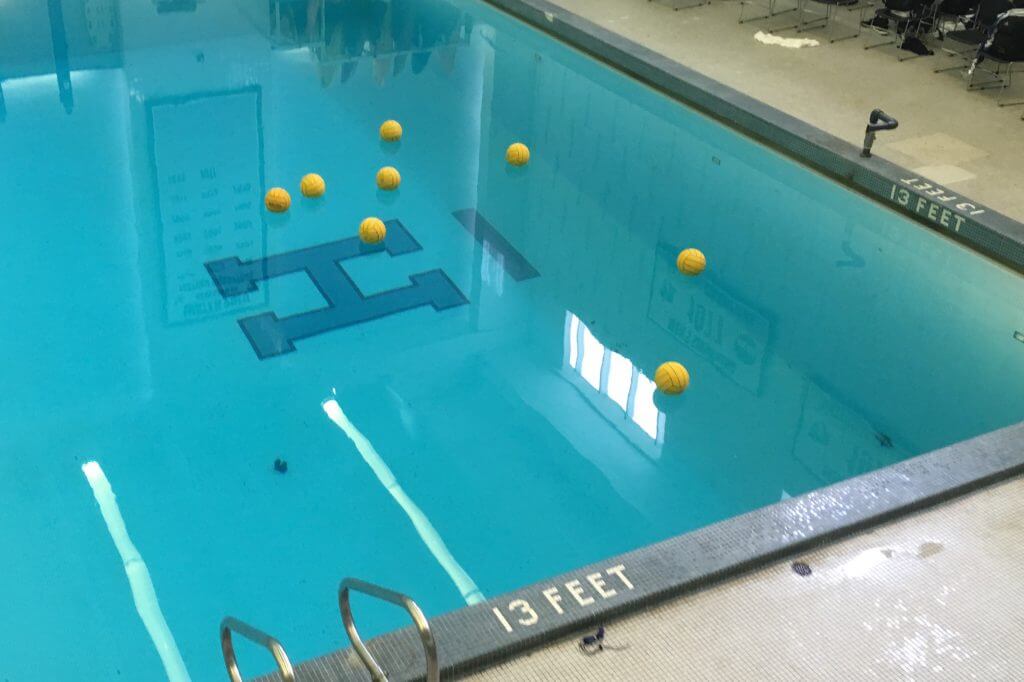
“The obvious difficulty is while symptoms of a concussion may last weeks or even months, they are not always expressed immediately,” Ricci wrote in an email. “The diagnosis of a concussion remains challenging even for clinicians that have advanced training in the diagnosis of the acute symptoms. Less than 10% of concussions are the result of a loss of consciousness, which is a clear and concise indication of concussion/traumatic brain injury.”
In a sport like boxing, it would seem obvious if and when an athlete is concussed. Not so, said Ricci.
[!]n fight-sports such as boxing [and] MMA, we have clearly seen fighters knocked down, and near unconsciousness, yet they defy a referee’s count and then get up, immediately return to fighting, and in some cases, win.”
Citing a recent heavyweight bout between Tyson Fury and Deontay Wilder, Ricci explained that Fury was knocked down twice by Wilder, first in the ninth round, then again in the twelfth round. “It looked as if [Fury] would not get up for a month, moreover return to finish the round.”
Despite being rendered briefly unconscious during the match, Fury showed no visible signs of a concussion after multiple [blows to the head]. Ricci surmises that—depending upon the genetics of an athlete—outwardly detectable signs may not manifest at all.
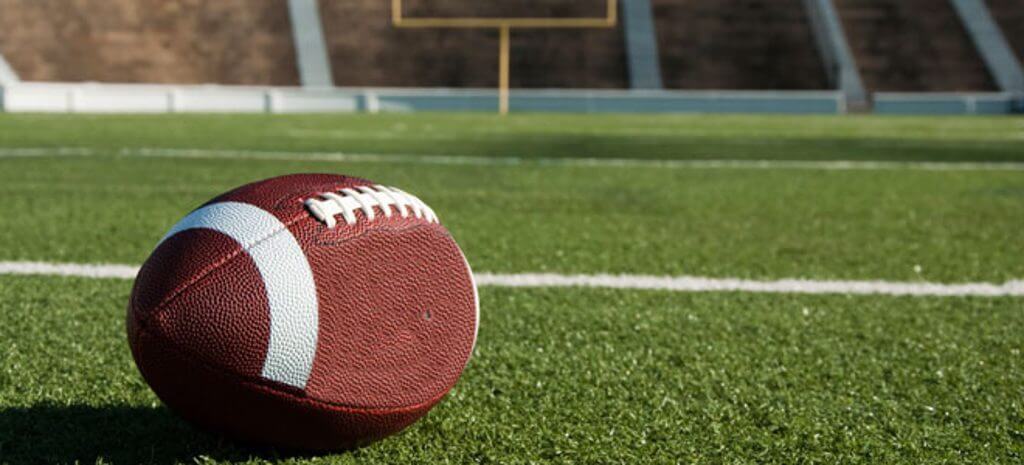
Switching to the most scrutinized sport for concussions—American football—Ricci explained that the National Football League (NFL) established baseline data in pre-season play, then when head trauma results in a game, that baseline data is immediately compared to testing data acquired after the strike/blow to the head.
“A player may pass this concussion screening protocol only to have common symptoms of a concussion manifest later,” Ricci wrote. “Additionally, while symptoms such as dizziness, loss of balance, headaches, ringing in the ears, blurred vision[,] to name a few, are easily detected,… such symptoms may take hours to manifest.”
“Accordingly, even for the trained clinician, concussions are not always immediately detectable despite having baseline data and advanced protocols and modalities for detecting such,” he adds.
“While there is clear science on concussion as it pertains to the mechanisms, bodily responses, symptoms, and long-term consequences, to date, on site diagnosis and detection remains in part, an art.”
There’s no doubt about it: polo is a tough sport
An Internet search for concussion in water polo yields the following quote from a 2016 article in the Mercury News by sports reporter Vytas Mazeika.
“Part of being a goalie is learning to get hit in the face a lot, and trying not to close your eyes when it happens,” Mazeika quoted Sam(antha) Acker, now a senior at Harvard who plays for the Crimson women’s polo team.
“Sometimes it’s embarrassing, but one of my coaches said to me once, ‘Hey, if you get hit in the face, you block the ball.’ So that’s all that we care about in the long run.”
The one-time goalie for Gunn High School girls’ team in Palo Alto, CA tellingly added, “And as we get hit, obviously it will hurt and we worry about concussions—but that ball isn’t going in the cage.”
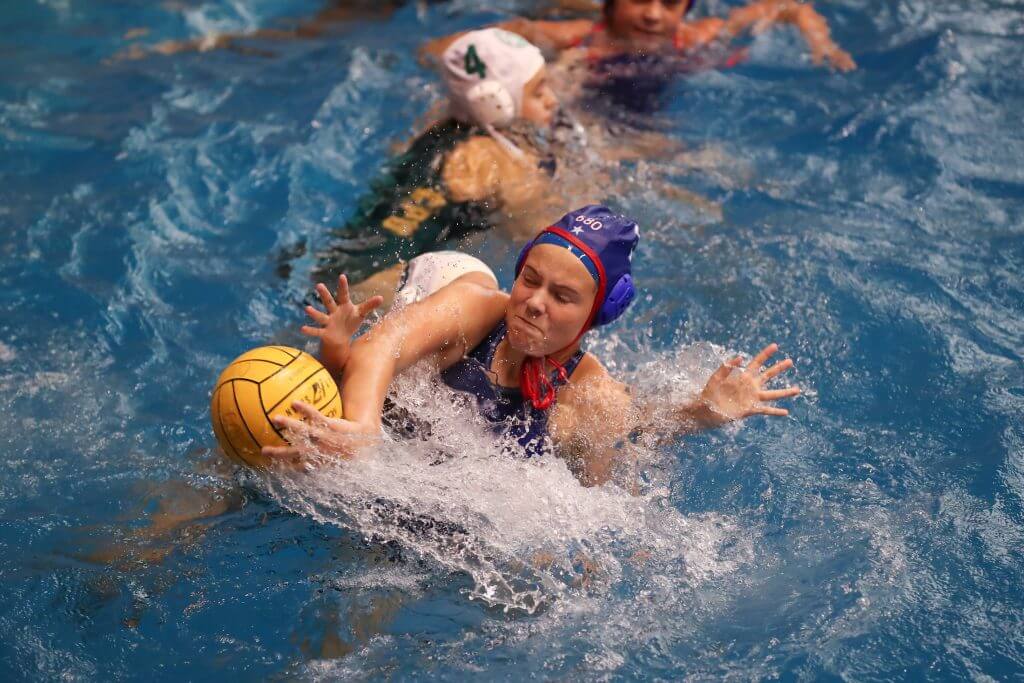
Acker’s comments underscore what might actually be the biggest challenge in determining concussive injuries in any sport: under-reporting. Without definitive signs of a traumatic brain injury—and given the competitive nature of the sport, especially for goalies, who regularly face a dozen or more shots in a match—it is the athletes themselves who needs to identify the problem. In a win-at-all-costs environment for team sports, how comfortable is arguably the most important player in the water in coming out of the pool?
Mayall vs. USA Water Polo is likely to drag its way through the U.S. courts, but a possible action will be insisting on changes—both in equipment and reporting—that will help mitigate, if not eliminate, the risks water polo players face. Which means this case will provide a silver lining for the thousands of age group polo athletes in America.
The opinions expressed in this article are those of the author. They do not reflect the viewpoint of Swimming World.



